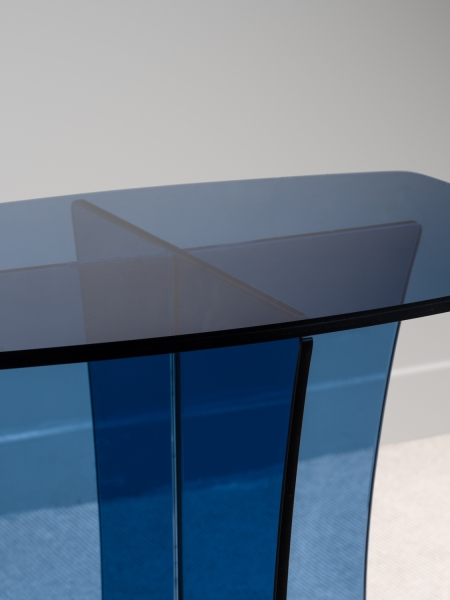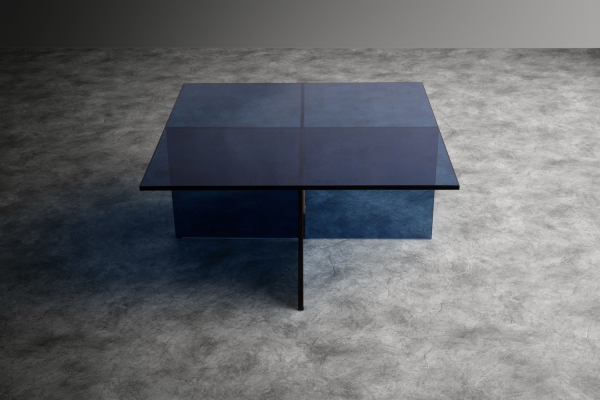Fontana Arte
Luigi Fontana e Compagni was first established in 1881 by a twenty-seven year old Milanese, Luigi Fontana, with the help of a group of friends, little expertise, but abundant enthusiasm. In the wake of new manufacturing and construction techniques showcased in the magnificent pavilions of the World’s Fairs, Fontana recognized an opportunity to cater to rising demands for plate glass in architecture and decoration. Fontana originally focused not only on the sale, but the secondary processing (cutting, silver-plating, decorating, bonding) of plate glass, while following the early Art Nouveau movement. In an atmosphere of creative fervor around international exhibitions, Luigi Fontana met the already renowned architect, designer and publisher, Gio Ponti. This meeting quickly led to the first Fontana production of light fixtures and furnishings. Two years later, in 1933, Luigi and Gio discovered and began collaborating with another young Milanese, Pietro Chiesa, under the name Fontana Arte. The fortuitous meeting of these minds produced innovative designs praised in their day for both their utter novelty as well as their quality. By 1940, Fontana Arte became the foremost symbol of Italian taste, style and refinement. Between the wars, Fontana Arte flourished, particularly their combination of crystal and chromium-plated metal, which became a Fontana Arte hallmark. While production changed and diminished considerably during the Second World War, by 1954 with the arrival of Max Ingrand as its artistic director, the company was again at the forefront of Italian design. In addition to Ingrand, and the continued contributions of Ponti until the 1970s, Fontana Arte employed and partnered with many of the leading designers of the day, including Renzo Piano, Ettore Sottsass, Roberto Menghi, Psolo Zani and Vico Magistretti.





